Most of the places I cover in this blog have something concrete that evokes an emotional response in me – old buildings in which I can feel the weight of history, a festival or a market that makes me feel connected to a place’s daily life, or some spectacular natural site that overwhelms my senses. My visit to Le-Chambon-sur-Lignon was not like that, though. This is a town that moved me profoundly, not because of its “touristy” attractions, but because of the power of its reputation. It’s a reputation for kindness and care in the face of great evil – a reputation that places Le-Chambon-sur-Lignon among the rarified company of places known as a “Ville des Justes Parmi les Nations” -- a “city of the righteous among the nations.”
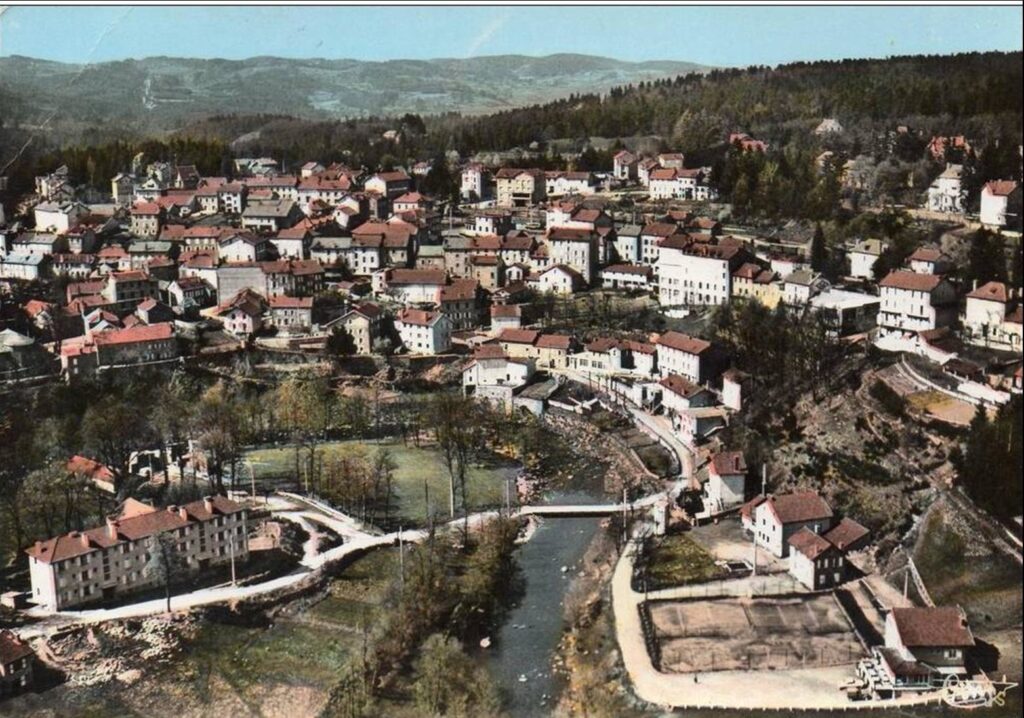
“It was the right thing to do”
From 1940 to 1944, the people of Le-Chambon-sur-Lignon and surrounding villages undertook a remarkable act of resistance: they shielded as many as 5,000 people, including about 3,500 Jews, from the Nazi forces occupying France and the collaborationist French government in Vichy. The Chambonnais hid these refugees in barns and attics, in isolated corners of the forests and fields that surround the town. They forged ration cards so refugees could obtain food and clothing; they forged identity papers and sometimes organized missions to smuggle their charges out of France into neutral territory in Switzerland. They brought Jewish children into their classrooms alongside local kids. Most remarkably, the villagers kept their secrets to themselves, never once exposing the activities of their friends and neighbors to Occupation officials.
And why did they take such enormous personal risks to protect the strangers that made their way here, not just from France but from all over western Europe? Because it was the right thing to do – not because they wanted to convert refugees to Christianity, or adopt their children, or make money transporting people out of the country. Listen to Magda Trocmé, wife of a local pastor who herself was active in saving many refugees:
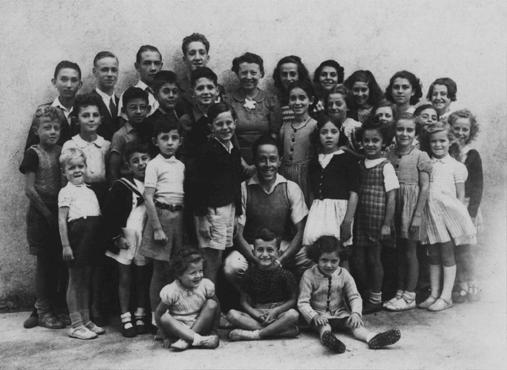
Those of us who received the first Jews did what we thought had to be done—nothing more complicated. It was not decided from one day to the next what we would have to do. There were many people in the village who needed help. How could we refuse them? A person doesn’t sit down and say I’m going to do this and this and that. We had no time to think. […] There was no decision to make. The issue was: Do you think we are all brothers or not? Do you think it is unjust to turn in the Jews or not? Then let us try to help!

Honoring an isolated corner of France
Because of their actions, Yad Vashem (the World Holocaust Remembrance Center established by Israel’s Parliament in 1953) singled out 40 individual residents of Le-Chambon-sur-Lignon as “Justes Parmi Les Nations” – “righteous among the nations.” In 1990, the organization extended this honorific to the whole town, as well as to other communities on the surrounding plateau. This is not an honor anyone would seek willingly; it comes when people have a fundamental sense of right and wrong that drives them into action under extreme conditions. It’s an honor reserved ordinarily for exceptional individuals; only rarely has Yad Vashem extended it to a whole community.
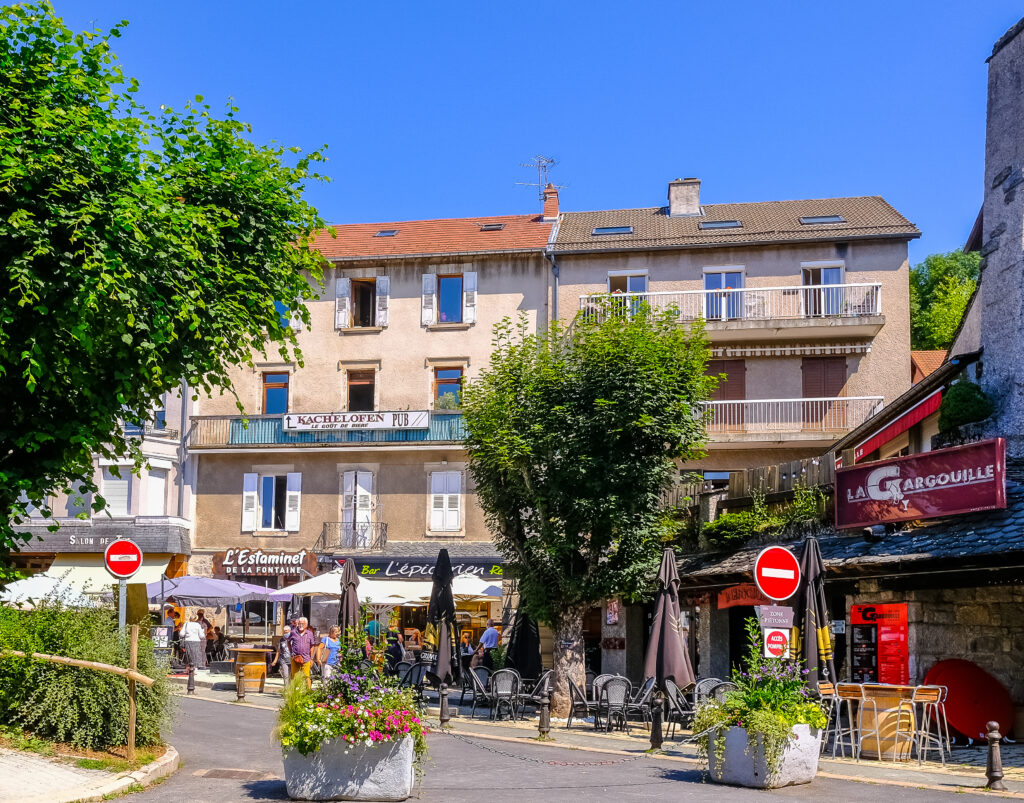
I came to Le-Chambon-sur-Lignon just before noon on a sunny day in August and found it absolutely covered with tourists. Restaurants were already filling their tables, and in several places clumps of visitors stepped off the curb into the street to allow others to pass. It’s an attractive town of 2,500 people (half its World War II size), although not remarkable for much compared to all the other places you might visit in the Auvergne. What, then, attracted all these visitors to come here?
It’s not likely they came by chance. Le-Chambon-sur-Lignon is isolated, situated on a vast plateau 90 minutes southwest of Lyon, more than 2 hours southeast of the Auvergne's capital, Clermont-Ferrand, 40 minutes from the great medieval center at Le Puy en Velay. The headwaters of the great Loire River are near here, although in this part of France it’s a narrow shadow of what it becomes further north. (You have to think, though, that this isolation in itself contributed to the success of the town’s heroic actions in World War II.)
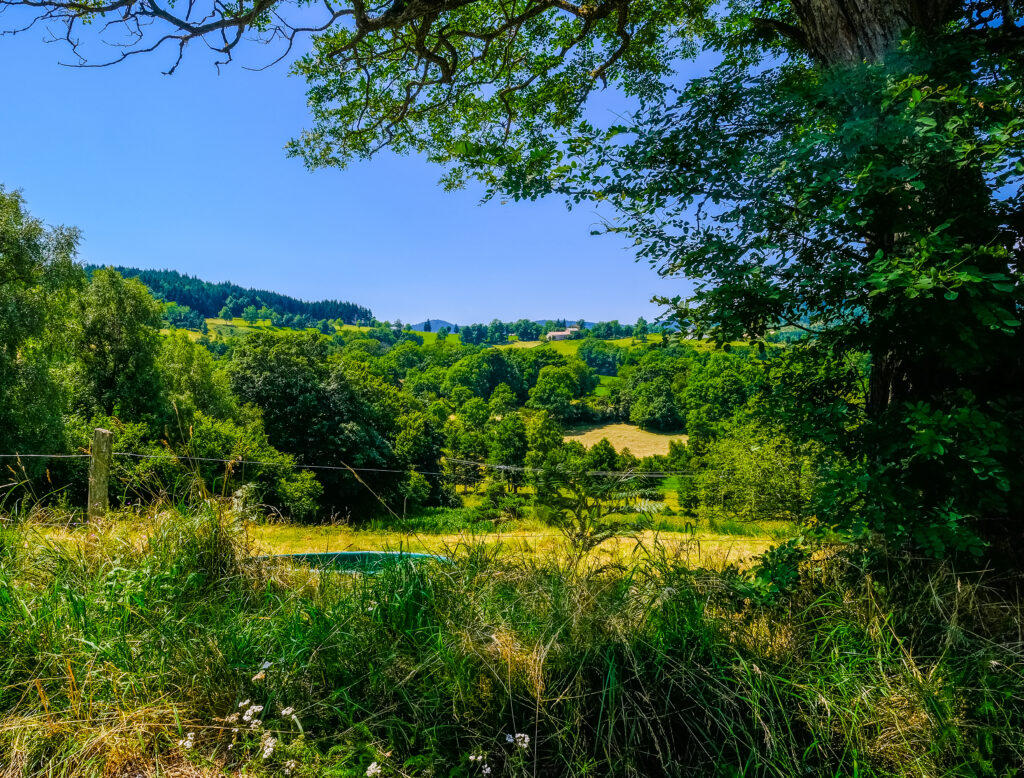
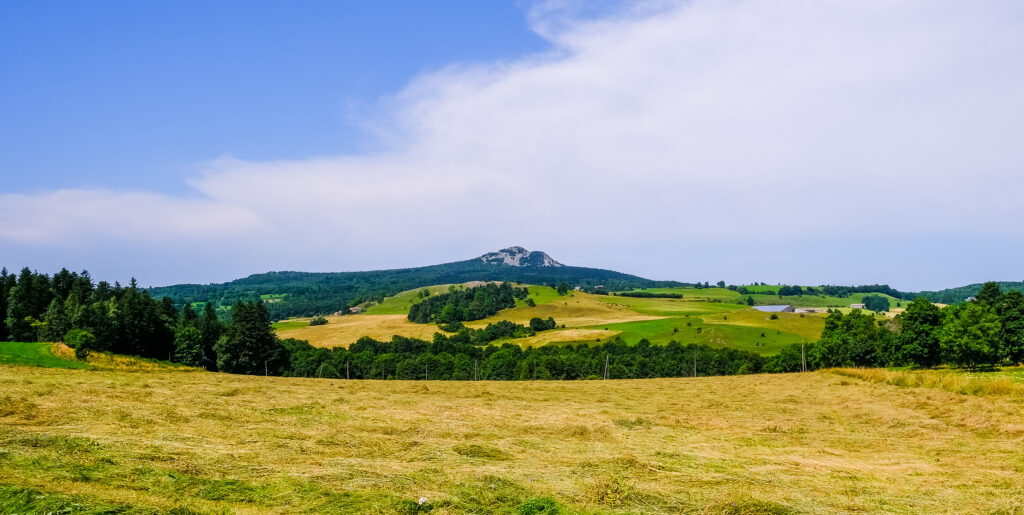
Visiting Le-Chambon-sur-Lignon today
In fact, there are only perhaps three things that give much insight into Le-Chambon-sur-Lignon’s attraction to visitors now: a train, a church, and a museum. The train you see today – the Velay Express -- is a splash of bright colors, drawn by a steam locomotive. For 13-19 € per adult you can take a round-trip ride around the plateau. (Some “thematic” trips during the year include a visit to Le-Chambon-sur-Lignon’s town market in August and a “Santa Clause train” in December.) But in the 1940s this train, in more somber colors, was also the way into town for many refugees seeking help here.
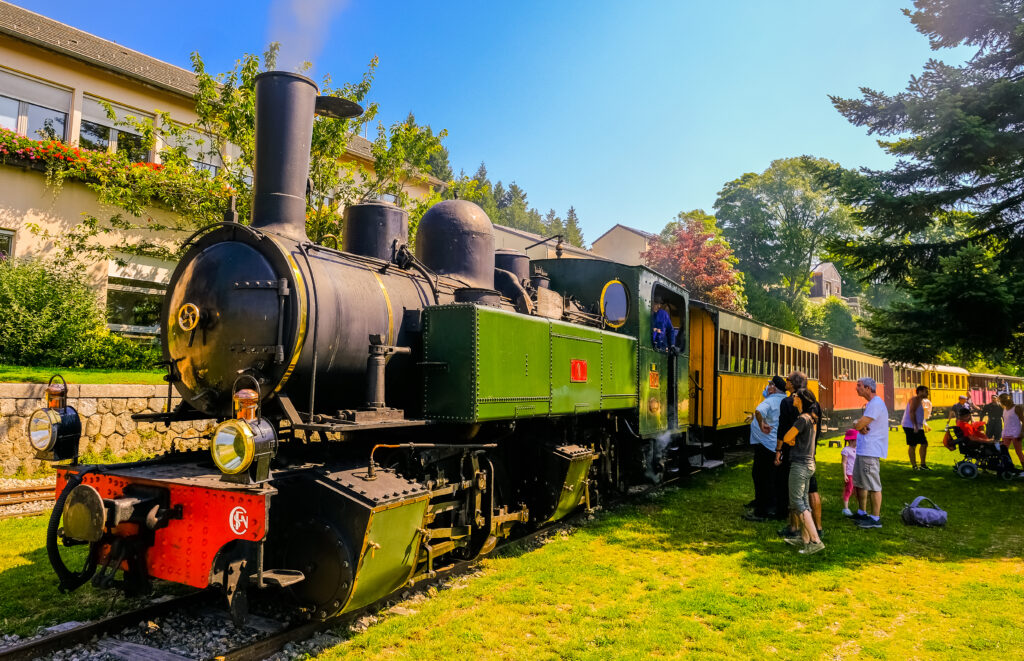
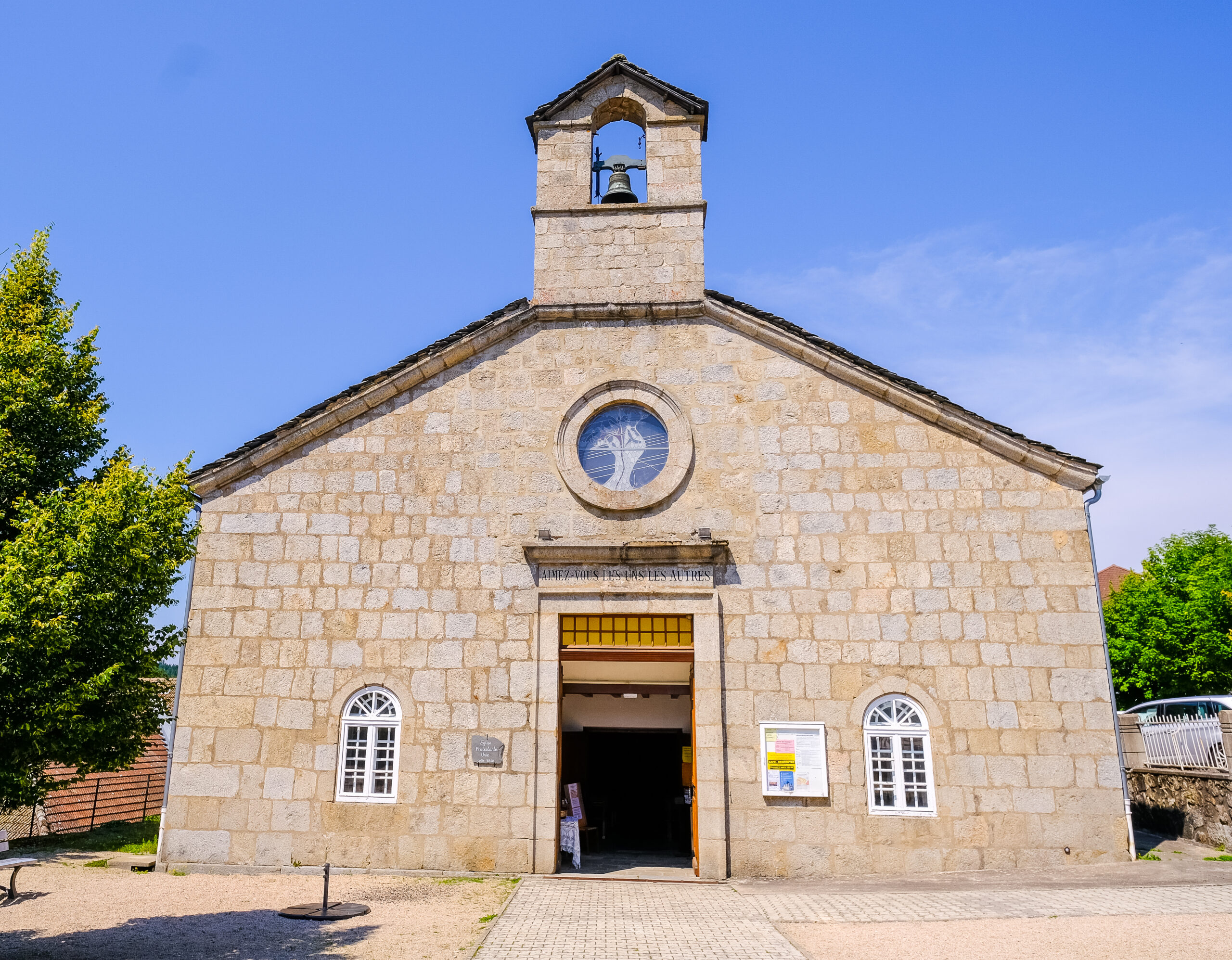
The church is, for me, a clearer symbol of what drove the people of Le-Chambon-sur-Lignon to the heroic actions they undertook. If you’ve traveled much in France, you know the overwhelming majority of cities and villages have a Catholic church at their center; if there is any kind of Protestant culte, it is frequently a small building in a hidden corner of town, or even just a meeting hall with linoleum floors within some other building. Here, though, we’re much closer to the Swiss border and the Calvinist influences that swept out of Switzerland and across France in the 16h century. Many of the towns in this part of the country feature prominent “temples” built by the Hugenots – and most of the ones I’ve seen are still active congregations, almost 500 years later.
In Le-Chambon-sur-Lignon, the church is a simple granite chunk of a building, as plain inside as it is on the exterior. There has been a church on the site for almost 400 years; the current one was constructed around 1821. Historians argue whether or not the Hugenot community’s own long experience with religious persecution motivated the incredible rescue operation that went on here during World War II. They argue, in fact, about the degree to which this was a “Protestant movement”, noting that some Catholics and people with no particular religious affiliation also participated actively in hiding and supporting the Jewish refugees who came through town.
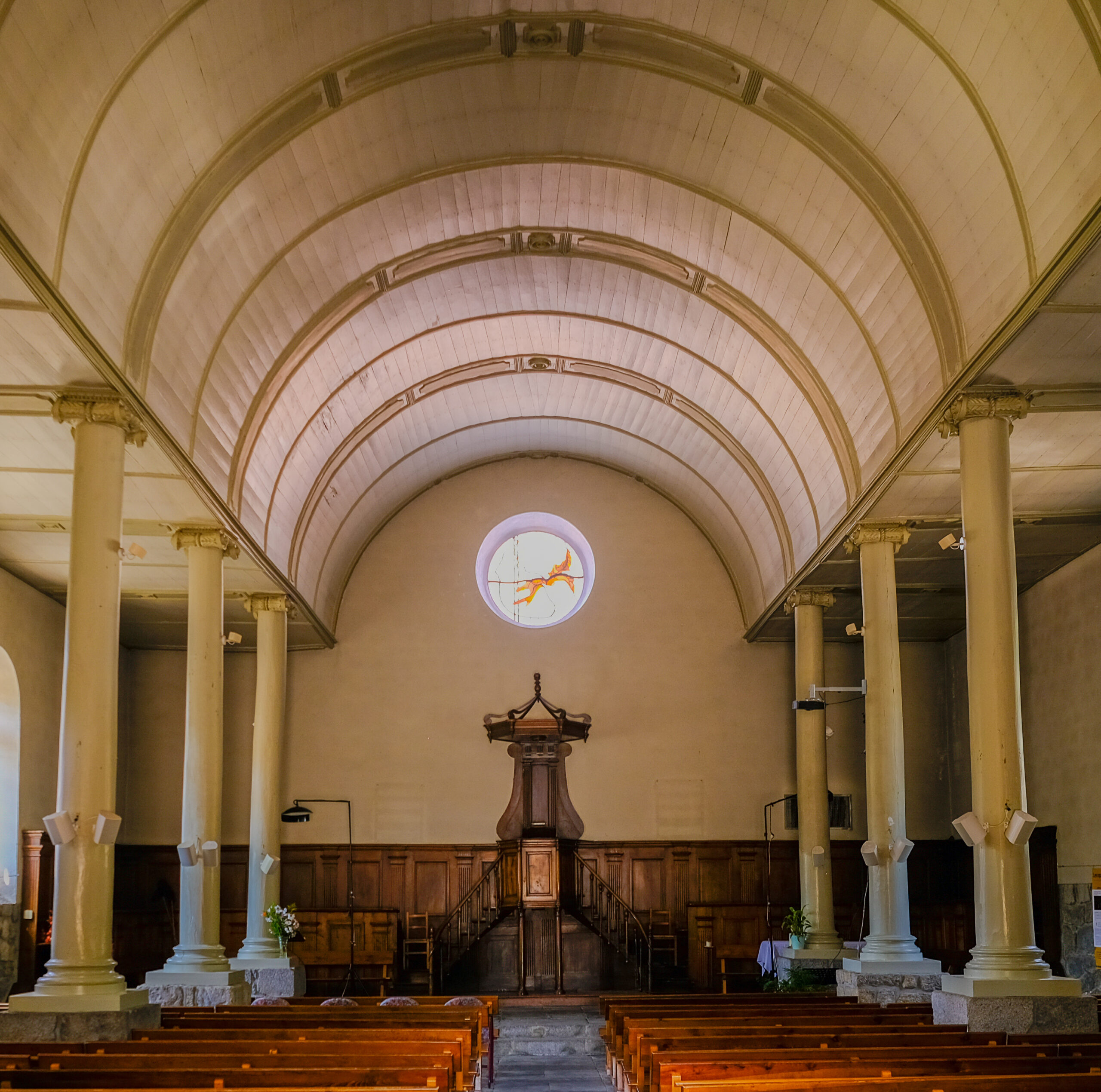
But there is no real argument about the people recognized as the principal drivers of Le Chambon’s heroic acts: the village’s pastor André Trocmé, his wife Magda, and his assistant Edouard Theis. From everything I’ve read about Trocmé, I’ve come to admire his particularly aggressive form of non-violent activism. The Vichy government is not legitimate, he told his congregation; “We shall resist whenever our adversaries demand of us obedience contrary to the orders of the gospel.” When Vichy officials came to Le Chambon and demanded a list of all the Jews in town, Trocmé replied “I do not know what a Jew is. I know only human beings.” And most famously, when a Vichy minister came to visit, Trocmé handed him a letter that ended with the line “We have Jews. You’re not getting them.”
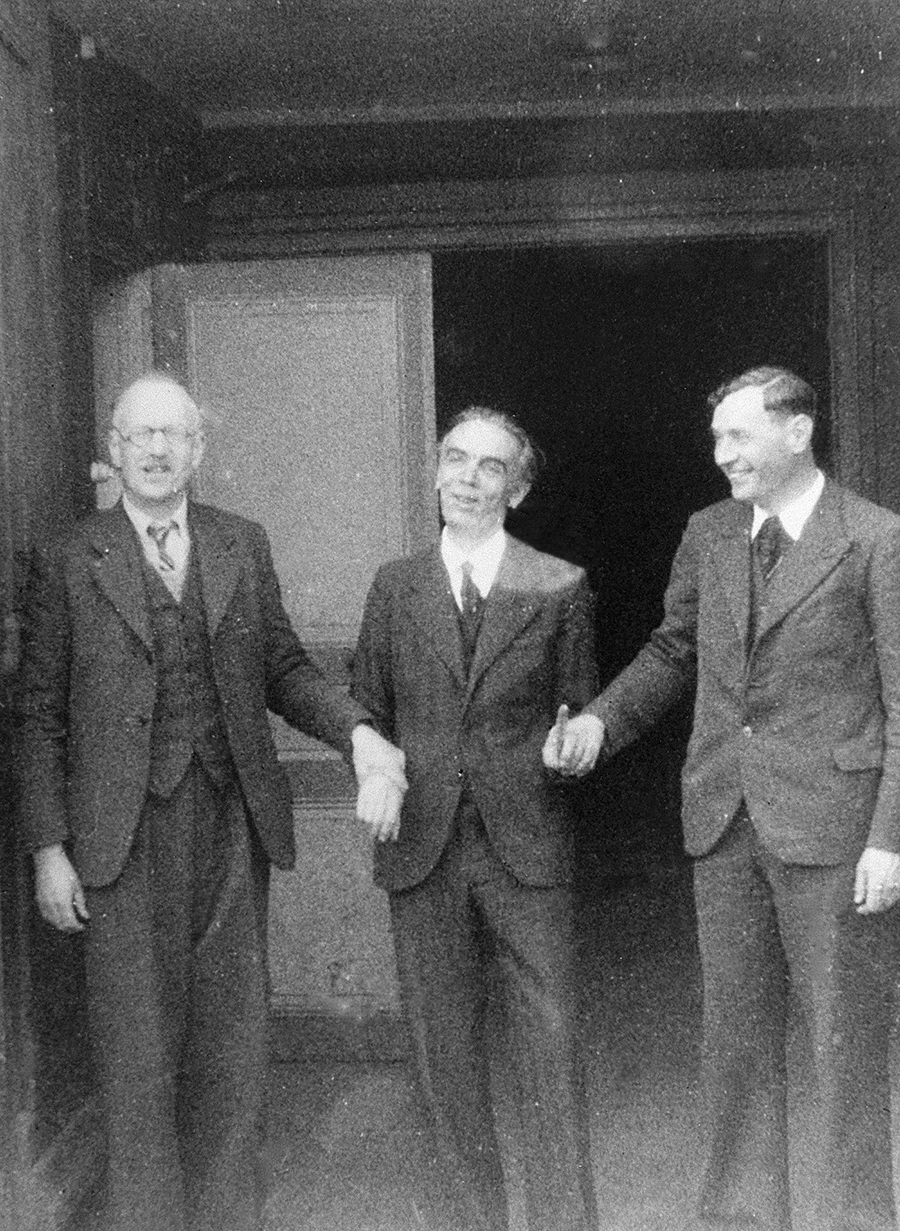
A “Place of Memory” (and Meditation) in Le-Chambon-sur-Lignon
Trocmé and Edouard Theis were arrested and sent to a French internment camp in 1943 but were released after four weeks. (Officials demanded they sign a promise to obey all government orders; both men refused to sign but were set free anyway.) Their story is meticulously documented in the third place I visited in Le-Chambon-sur-Lignon: the museum known as the Lieu de Mémoire.
It’s a somber building, half glass and half plain stone, just across the street from the Protestant temple. Open since 2013, the Lieu de Mémoire casts itself more as a “space for meditation” than as a museum. In any case, it is a profoundly moving experience; most of the space is dedicated to text and photos of all the people involved in rescue efforts during the war. I spent a long time listening to the testimonies of refugees and their rescuers and came away shaken by the dangers they survived and the courage they all showed in the face of real evil.
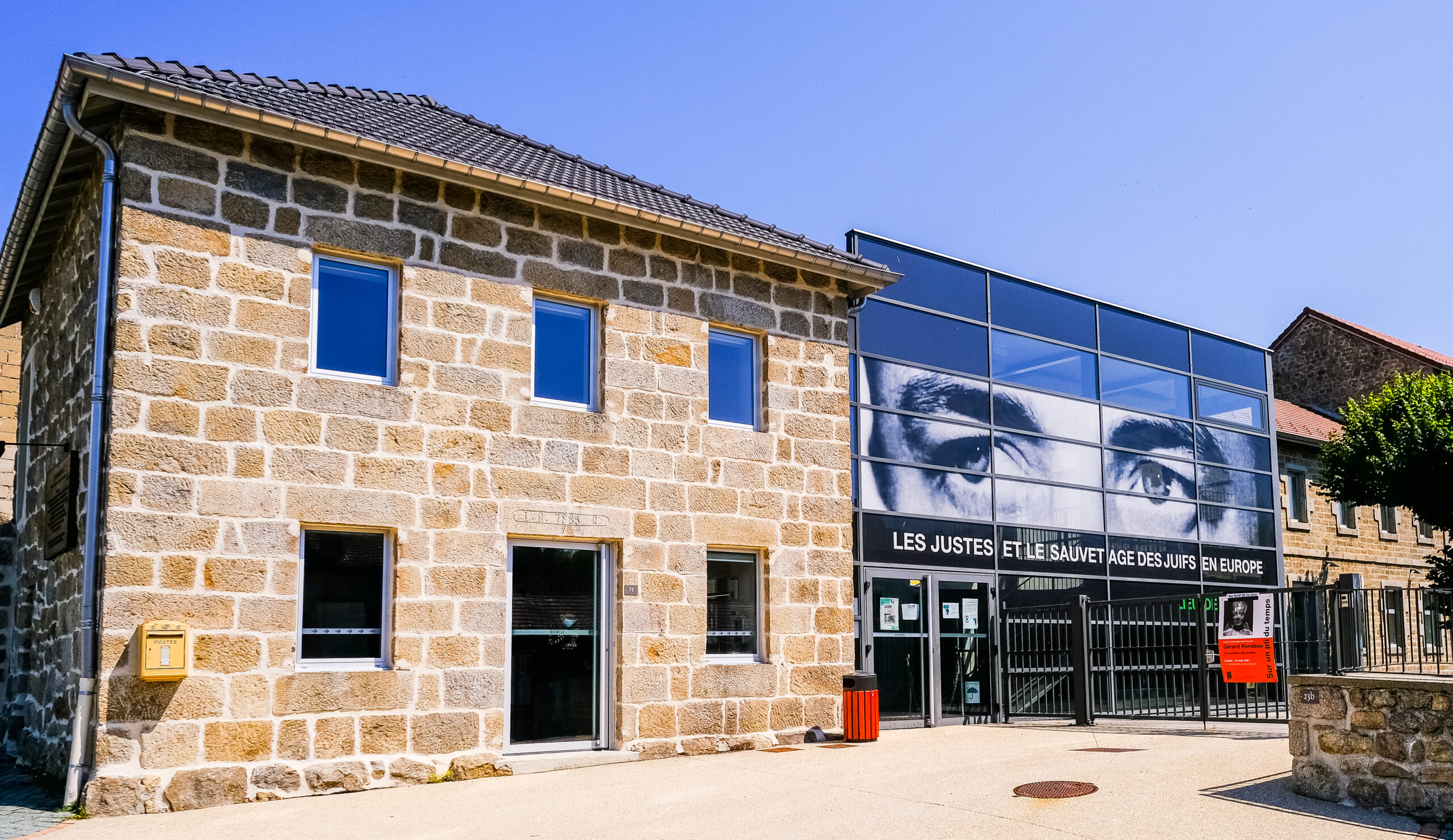
(Strangely, although the center of town was covered in tourists, I was the only person present during my visit to the temple, and only a few people passed through the museum while I was there. That’s a shame, I think. For anyone wanting to understand what happened in Le-Chambon-sur-Lignon, the Lieu de Mémoire is absolutely essential.)
"Homage to the Protestant community of this land of the Cévennes and to all those led by its example – believers of all faiths and non-believers – who during the War 1939-1945, forming a block against Nazi crimes, at the risk of their lives under the Occupation, hid, protected, and saved by the thousands all the persecuted."
- The Jews who found refuge in Le-Chambon-Sur-Lignon and neighboring communities
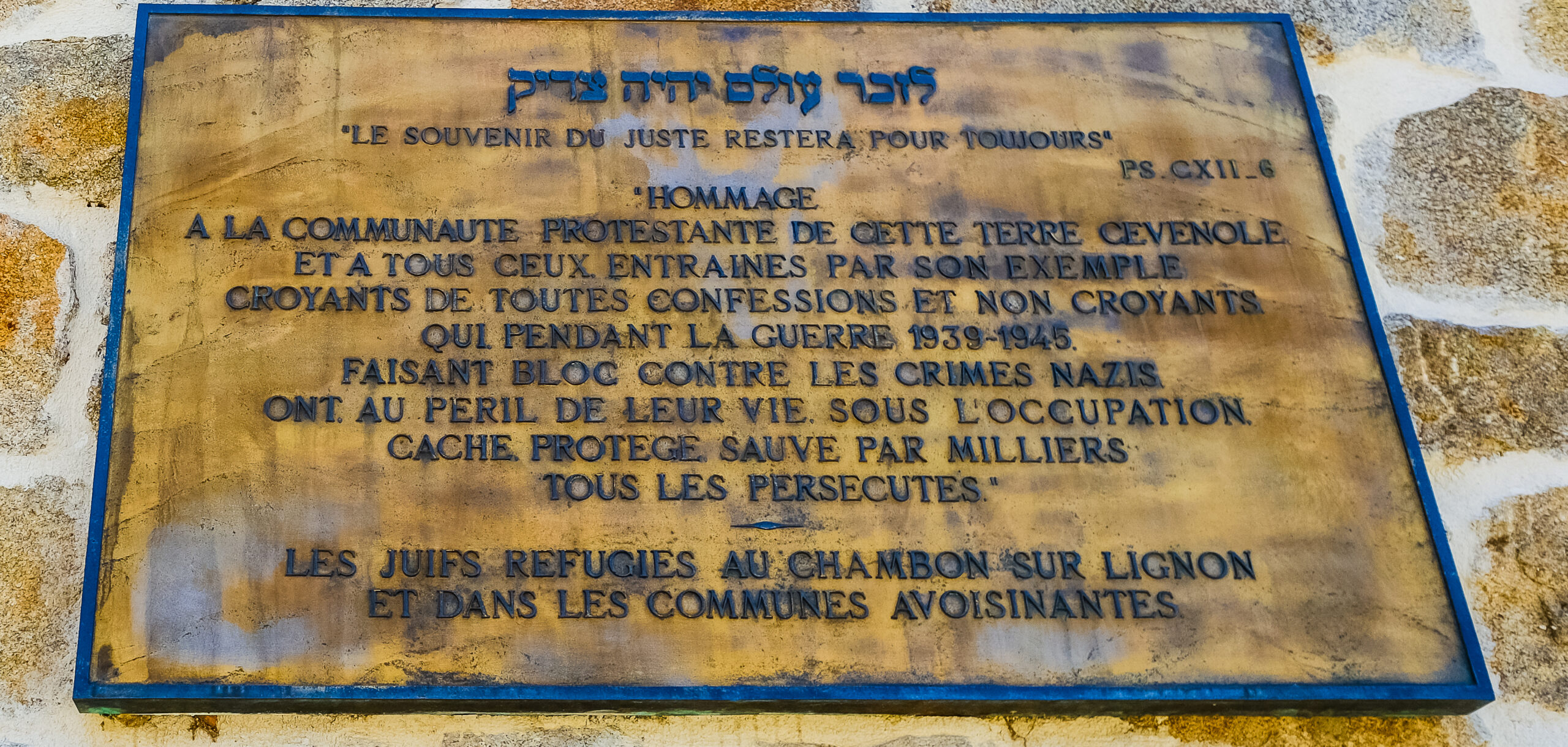
As I went back out from the museum into the bright afternoon sun, I couldn’t help but wonder whether things might be different here today. That honorific, “righteous among the nations”, seems a heavy burden to carry after so many decades. Would the people of Le-Chambon-sur-Lignon react the same way today if the need arose? Is there still a spirit of mutual respect and aid in this community?
It made me happy, then, to learn later that the tradition has continued. In Le Chambon and surrounding communities you can meet refugees from places as diverse as the Congo, Libya, Rwanda, South Sudan, Kosovo and Chechnya, most of whom found their way here based on the town’s enduring reputation and the explicit welcome they receive from people who are anxious to help.
In 2018, Smithsonian Magazine published an article documenting the reception these refugees find in this isolated corner of France. As one member of the town council says in the article, “It’s not a decision we reflect on, it’s always been spontaneous […] We just keep doing what we’re doing.”
There’s no longer any personal jeopardy associated with these acts of kindness, no risk of arrest or deportation (at least for those extending the aid -- there's still a strong populist movement against immigrants in France). But in an era when outsiders are still rejected or stigmatized, when political parties make platforms out of exclusion and protectionism, it still requires courage and determination to carry on in this welcoming tradition.
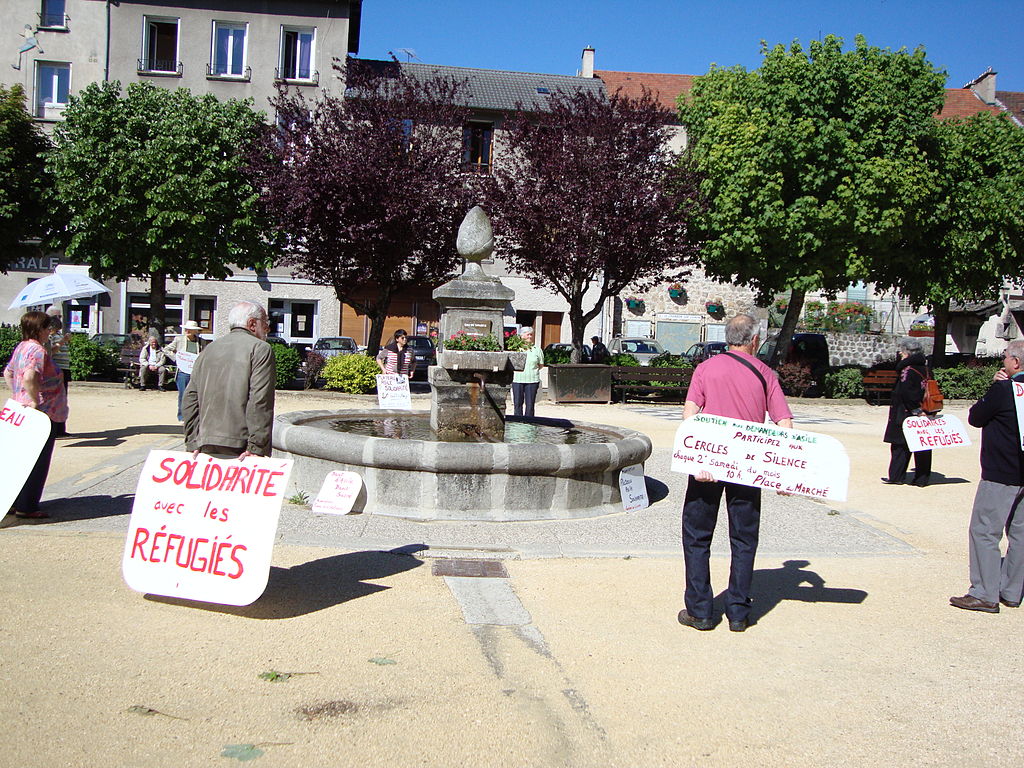
For me, my visit to Le-Chambon-sur-Lignon was a deeply moving, concrete reminder of what it means to act generously and ethically for no reason other than it is just the right way to live. And that this remarkable history unfolded in a beautiful, very remote corner of the deep heart of France – well, for me, that only made my love for this region even deeper.
Have you encountered other “Places of Memory” in your travels around Europe? Many French towns have little individual memorials honoring people who have been designated as “righteous among the nations”. Have you seen any of these, or visited other places where important acts of resistance took place? Please share your experience in the comments section below – and while you’re here, I’d be grateful if you took a second to share this post with someone else who appreciates the people, history, culture and places of the deep heart of France!
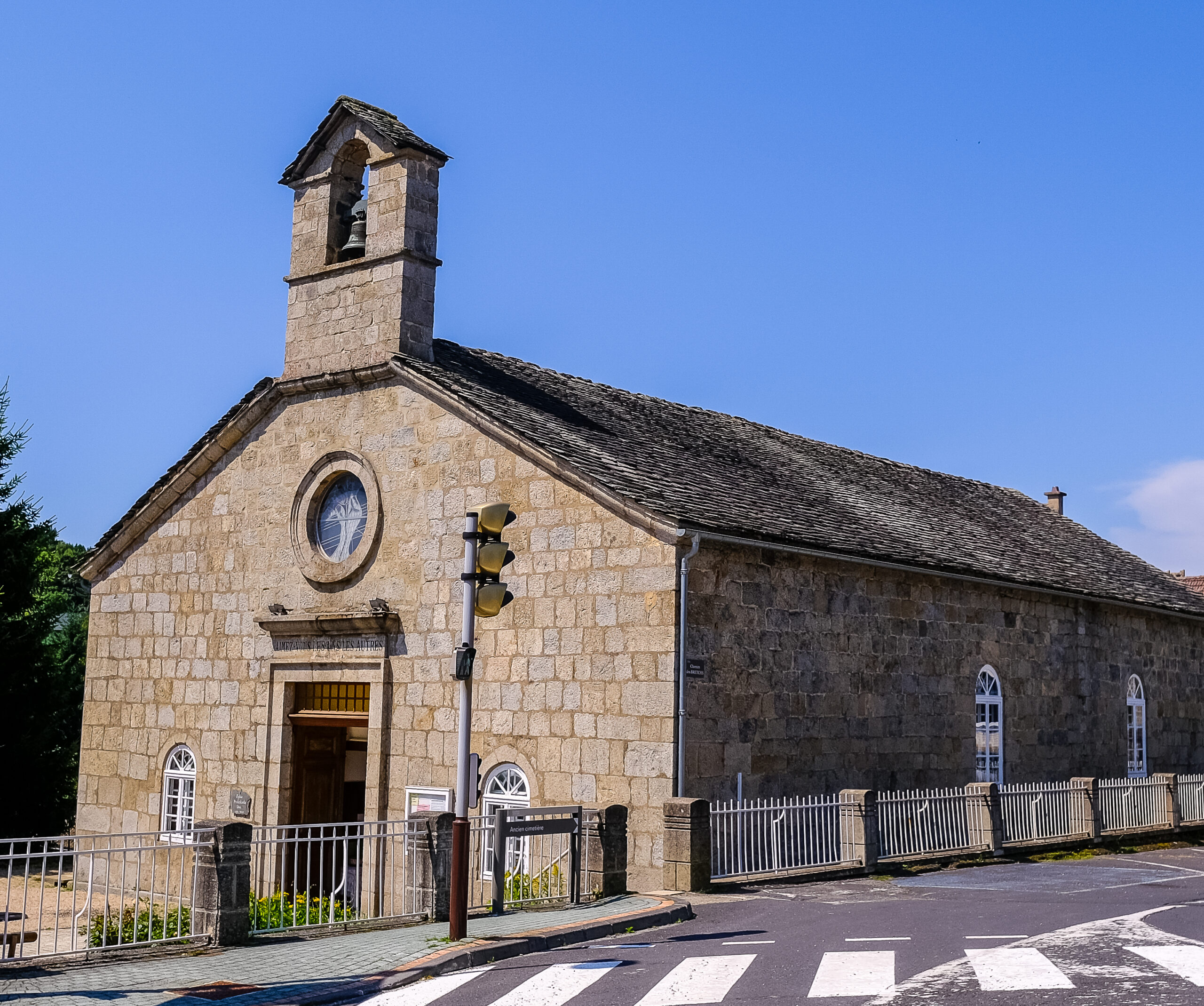
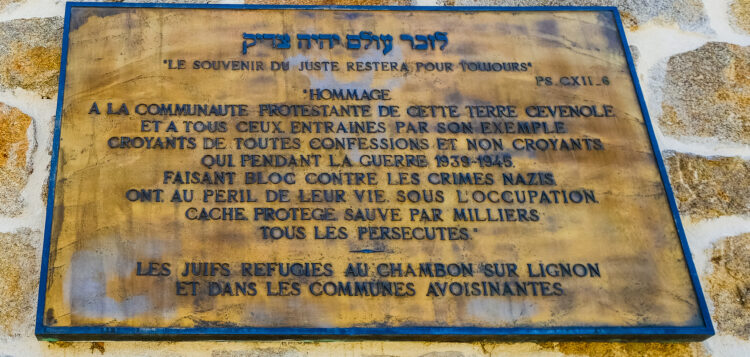

What a wonderful post. Your research into the history and telling of the tale weave together so well to tell the story of this town. I really enjoyed reading this and was moved by it. Thanks for posting.
Thanks! It’s good to hear from you. There are an amazing number of articles and good resources for anyone who might want to dig deeper into this particular slice of history. Two of the most important: Malcolm Gladwell has a long discourse on Le Chambon in his book David and Goliath, and Phillip P. Hallie wrote what may be the definitive book, Lest Innocent Blood Be Shed: The Story of the Village of Le Chambon and How Goodness Happened There.
Dear Richard
Your post is so interesting and moving at the same time. I will make sure to take the trouble and go there when next I travel to France, hoping circumstances allow it soon.
I would suggest that if you ever come to Israel you must visit Yad Vashem in Jerusalem (and many other important sites as well). It is a profoundly moving experience- not for Jews only – but for any human being walking on the earth. Also the jewish museum in Berlin and the big monument in Berlin center are important as they reside in the same city where the great Evil emerged.
I love your blog and read your posts regularly so this is also an opportunity for me to thank you!
Warm regards from Israel, Yael
Thank you very much, Yael! I’m grateful that you read the blog and that you find some things you like here. Thank you, too, for the suggestions of places to see. I really would love to see Yad Vashem (and, of course, Jerusalem) when the opportunity presents. Their website is an extraordinary resource for anyone seeking to know more about the causes and the aftermath of the Shoah, so I know I would be moved by seeing their center in Israel. With my thanks and best wishes, Richard
Hi Richard,
As always I found your article so interesting! This town is now on our bucket list because of its moving history of human goodness. Thank you so much for all of your articles about the interesting and beautiful places in France. How blessed we are to experience it first hand and through your research. Best to you and Karen.
Thanks very much, Laurie — it’s great to hear from you! Yes, that first-hand experience is something we’ll always treasure. All our best to you and Lee!
Hi Richard,
What a heart warming and amazing story. It’s good to know that acts of kindness which occurred decades ago are still being recognized and remembered. Thanks always for your research and commitment to sharing these stories.
May we strive to do our best in continuing this legacy! Best to you and Karen.
Thanks very much, Sheryl! Hope you, Tom, and all your family have a warm, happy (and safe!) Christmas!
ahhello richard i wish you a happy new year 2022 and very good health for you and your family
Best regards
Merci Christian. Mes meilleurs vœux à toi aussi, que 2024 serait une année de bonne santé et la réussite des projets pour toi et tes proches !
2022, plutot!
As a Holocaust and Jewish Heritage Educator I would like you to know that many of us use this story of “Righteous Among the Nations” when teaching about kindness and helping each one when we are under inhuman times like the Holcaoust…as it says in the Talmud( explanation of the Bible) One who saves a Soul like he saved a Whole World
Thank you
Thank you for your comment. I think about Le-Chambon-sur-Lignon often — such an “ordinary” place made extraordinary by the quality and inner strength of its inhabitants!
Ricardo, boa tarde! Sou um pesquisador sobre a história do nazismo e junto com minha mulher publicamos um livro sobre os lugares da II Guerra Mundial. Acrescento que sou protestante e isso une as duas linhas de pesquisa. Também pesquiso a vida de Dietrich Bonhoeffer. No mês de abril e maio, iremos para Lyon, na França, onde ficaremos quase dois meses, visitando as redondezas, inclusive Le Chambon-sur-Lignon e o maciço de Vercors. Podemos continuar nos comunicando? Um abraço!
Obrigado por escrever! Espero que suas viagens sejam interessantes e úteis para sua pesquisa. Por favor, escreva novamente.